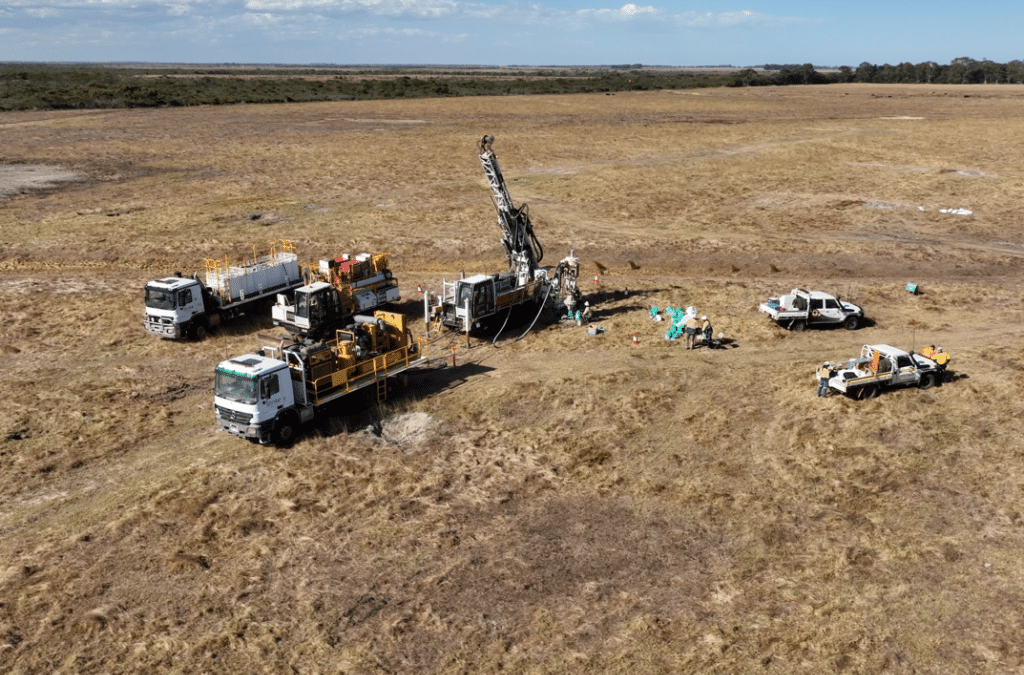Results from testwork completed on International Graphite’s Springdale graphite project in Western Australia has given the explorer cause for celebration.
Micronising and spheroidising (milling) testwork investigated several process circuit options resulting in two spheroidised graphite products – SpG18 and SpG11 – and a yield of up to 76 per cent.
Purification test work achieved 99.99 per cent yield – above the highest purity anode material product specification for active anode materials of 99.97 per cent.
“This testing was designed to optimise the milling processes with the goal of improving product output,” International Graphite technical director David Pass said.
“The results are highly encouraging and show there is significant potential to increase yield well beyond the projections in our original scoping study.
“The purification results have also reinforced original findings that Springdale graphite can achieve the purity standards industry typically requires for the production of active anode materials.”
International Graphite chief executive officer and managing director Andrew Worland said the purified SpG sample material will be used in future coating test work and to advance process flowsheet development and equipment selection for the production of active anode material for batteries.
“These results are another significant milestone in the development our mine-to-market production strategy and further evidence that our 100 per cent owned Springdale Mineral Resource is a vital asset perfectly suited to the high growth lithium-ion battery anode sector,” he said.
“The unique operating expertise and intellectual property we are gaining from our R&D processing facilities in Collie is making an invaluable contribution to the development of our downstream flowsheet.
“This, coupled with further testwork, will significantly advance our battery anode feasibility studies.”



